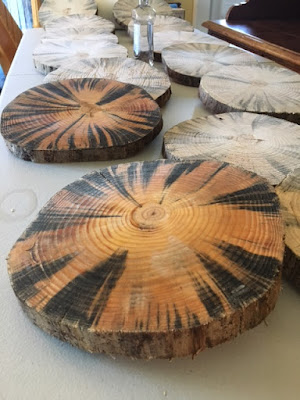Food Allergies - Design Your Daily Life Series- The Basics
 |
| Family Feast |
-17 Years ago I turned to the Food Allergy & Anaphylaxis Network for my education and still use them as a resource.
My son was allergic to peanut, milk, egg, bananas, and peaches. He also had reactions to peanut on contact. He has outgrown some of his allergies.
The Basics of Daily Life
Learn the ingredient names of your allergens
I typed a list of the ingredients we needed to avoid and updated the list as I learned of new scientific names for milk and egg for example. It seemed like a lot at first, but found if I read over the list a few times, I was able to recognize the offending ingredient on a label.
Shopping
I brought the list of avoided ingredients with me until I had a command of the ingredients in my memory. I read every label at the store each time I buy a product. No assumptions are made. Sometimes companies changed ingredients.
Calling Manufacturers
I called manufacturers to check on things I was not sure about such as what was in their natural ingredients or cross contamination issues. I put the company name, food, phone number, date, who I spoke with, and info on an index card. I stored them in a little recipe box and put them in one of my cabinets.
Marking the item as safe
Before using the product the first time, I read the label again and marked the date on the box. This was the indicator to the family that the product was safe and had been checked.
My son knew that marked boxes were safe. Stickers or a special picture like a happy face could be drawn on the box for young children.
Carried Epi-pen and antihistamine at all times
I used an insulated lunch box to carry my son's medicine. During the elementary school years he had a fanny pack that he took to and from school. The teacher had a special spot in the room for it, and it traveled with him throughout the day. We also had a set in the clinic. In high school, he carried his medicine in a running bag since he was in cross country.
Was this a lot of work? Yes and no. The process quickly became routine and brought peace of mind, so that I did not worry about accidental ingestion. By reading the label at the store I had a first pass at checking, and reduced buying mistakes. Reading the label at home gave me the opportunity to carefully check it, and call the manufacturer if necessary. Marking an ingredient was a way to keep track of whether the product is safe. There was no way I was going to deep track mentally if someone had checked it out or not. It also served as communication to my son. He later learned to read and check labels himself. We still use this method. The process actually reduced stress during cooking.


Comments
Post a Comment